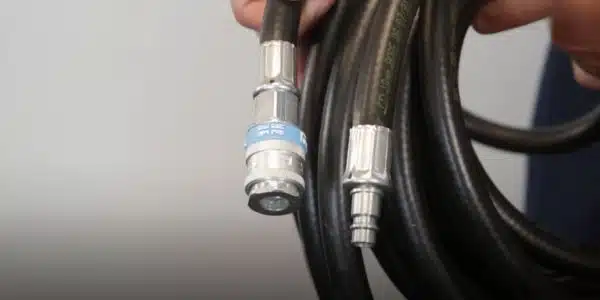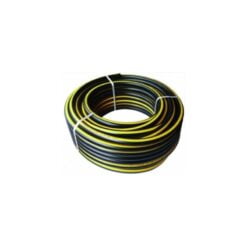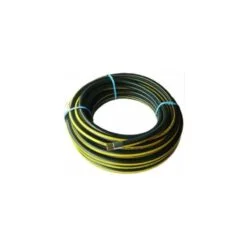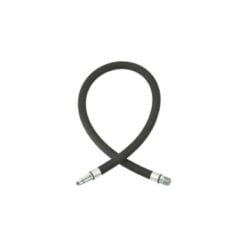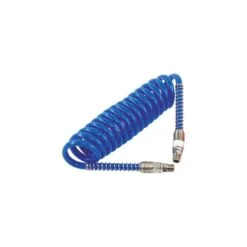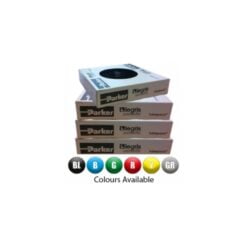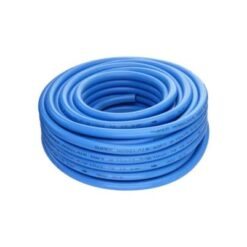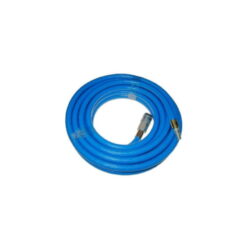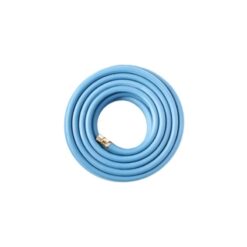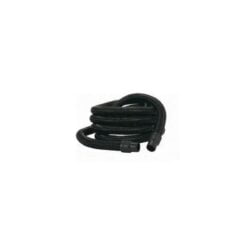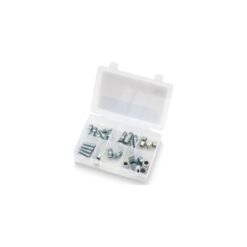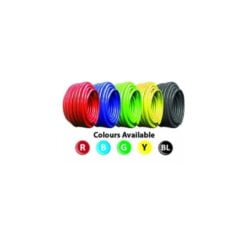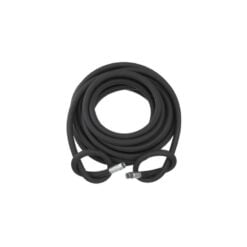Air Compressor Hoses / Air Hose Reels
Air Whip Hose / Coiled Air Hose / Air Tubing
Flexible Air Hoses
Special Air Hoses / Air Hose Fittings
Air Compressor Hoses FAQ
How do I know which size air hose I need?
Generally speaking, if you buy your air tools & air applications from a reputable retailer, it should always state which minimum bore air hose is needed.
Typically, air hoses are measured by the inner bore hose (I.D) as that helps determine the air flow rate to the tool, at the required pressure. The greater the bore the higher the flow (if the compressor is big enough to deliver).
Therefore larger applications requiring more power will, generally, have a larger compressor, also larger bore hose, with suitable couplings and fittings to cope with the increased flow.
It’s worth noting that common sizes for air hoses in the UK are:
7 mm (1/4”), 8 mm (5/16”), 10 mm (3/8”) and 13 mm (1/2”). For smaller air tools that do not need as much power, such as a nail gun you will probably only need a 7mm (1/4”) air hose. On the other hand, for more powerful air tools such as ratchets, air drills and air sanders you will likely need a minimum of a 10mm (3/8”) air hose.
How to Choose the Length of your Air Compressor Hose
It’s important (especially if you will have your air hose attached to a certain area in your garage or workshop) that you choose an air hose long enough to reach your working area. You definitely don’t want your air line to be stretched to the limit and restricting for the jobs you need to complete, so it’s always best to get a hose that is a bit longer than you need.
Typically, air hose lengths are purchased in increments of 5 metres (10 metres, 15 metres, 20 metres etc.) although some come in a certain length as standard.
Metro Sales are pleased to assist with any length of hose you need with our ‘made to measure’ service. Please get in touch if you have a request for a specific hose length: 01932 348777
What’s the Difference between Rubber Air Hose and PVC Air Hose?
There are a few main differences between a rubber air hose and PVC air hose. Firstly, the PVC air compressor hose is generally cheaper, this is because it is a little less durable than a rubber hose. Having said that, our PVC air hoses are non-toxic and can be used for both air and liquids (including liquid for foods).
Rubber hoses and rubber alloy hoses are far better suited for garages and workshops. This is because the hose has thicker walls and is far less likely to break when dropped or dragged. In most cases, rubber air hoses perform much better in cooler temperatures. PVC air hoses can only withstand temperatures of around -5°C whereas rubber air hoses are okay up to around -20°C. PVC air hoses are only suitable for light to medium usage compared to rubber air hoses which are best for medium to heavy duty use.
Having said that, one of the key benefits of a PVC hose is that it is very light and easy to transport. Rubber hoses are often the heaviest kind.
It’s always good to weigh up what you are doing to determine which hose is better to use. We are happy to recommend the best type of air hose for you depending on what you are doing – please feel free to give us a call: 01932 3487777
It’s also worth noting that we also offer an EPDM rubber, anti-static and high temperature hoses for use in spray bake ovens in the vehicle refinish market.
Quick Browse Air Hose Categories:
